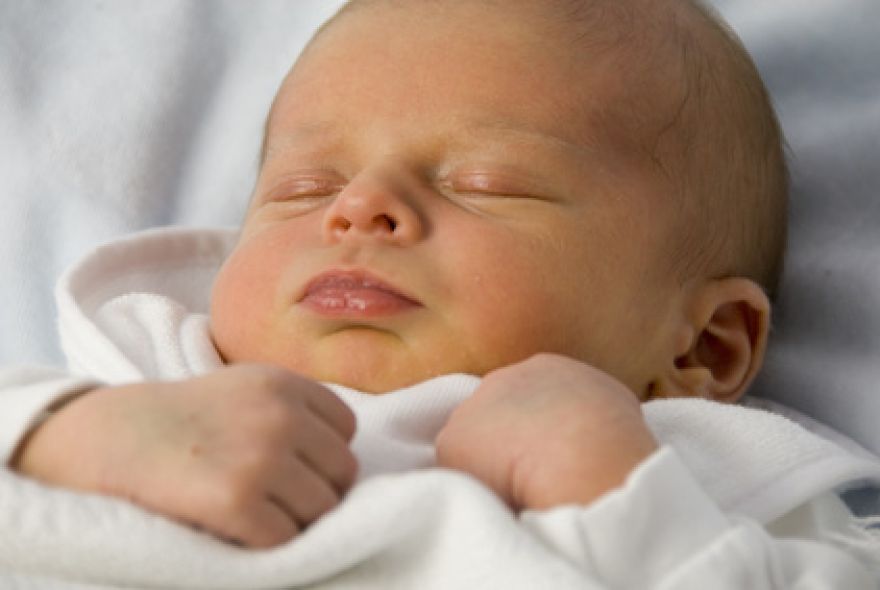What is jaundice?
What is jaundice?
Children with jaundice often have a yellowish tint of the eyes and skin that usually begins on the face and moves down the body. Jaundice is a sign of a condition called hyperbilirubinemia. Babies and children develop hyperbilirubinemia when a waste product called bilirubin builds up in their blood. In newborns, hyperbilirubinemia is often a temporary condition, though it can be a symptom of a more serious illness. Early recognition and treatment are important to keep bilirubin from rising to dangerous levels. Jaundice is common in newborns whose livers are still developing. More than half of full-term babies have jaundice in their first week. Up to 80 percent of infants born premature have jaundice. In older children, jaundice can be a more serious symptom of liver disease. What causes jaundice in newborns? Bilirubin is a brownish, yellowish substance produced by the breakdown of red blood cells. During pregnancy, the placenta excretes bilirubin. A baby’s liver must take over this function once the baby is born. The coloring of the bilirubin causes the baby’s eyes and skin to appear yellow.
There are several reasons a newborn can develop jaundice, including:
Physiologic jaundice is a normal response to a baby’s limited ability to excrete bilirubin in the first days of life.
Breastfeeding jaundice occurs in some babies in the first week due to low milk intake or dehydration.
Breast-milk jaundice occurs in some babies in the second week of life or later for unknown reasons.
It may be related to a substance in the breast milk that makes it easier for the intestine to re-absorb the bilirubin or due to the immature liver processing of bilirubin.
Jaundice from hemolysis is a condition that results from excess breakdown of red blood cells due to hemolytic disease of the newborn (HDN), polycythemia or hemorrhage.
Inadequate liver function due to infection or other factors.
In most cases of breastfeeding jaundice and breast-milk jaundice, doctors recommend that the mother continue breastfeeding.
In a small number of cases, jaundice in a newborn can be a sign of:
cholestasis, a rare condition caused by a problem with the production or flow of bile biliary atresia, a rare condition in which the duct that carries bile from the liver to the small intestine is blocked or damaged
What causes jaundice in older children?
Jaundice in older children can be the sign of an obstruction in the biliary ducts. Or it may be due to a liver condition that is preventing the liver from processing the bilirubin appropriately. The following conditions can also cause jaundice in older children: gallstones (cholelithiasis), crystals that build up in the gallbladder and obstruct the biliary duct infection with the viruses that cause liver cell damage such as hepatitis B or hepatitis C virus autoimmune hepatitis, a disorder of the immune system that causes immune cells to attack the liver cells as if they were an infection Wilson disease, a genetic condition in which copper from food builds up in the liver cirrhosis, a late stage of chronic liver disease in which scar tissue replaces soft, healthy liver tissue


Comments
Add new comment